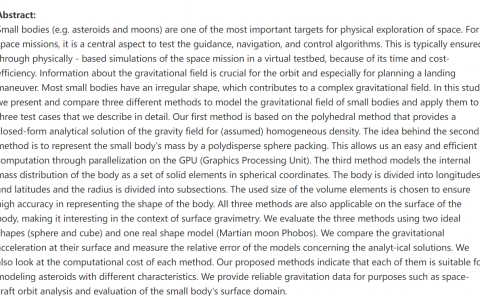Verbal and vibrotactile cues on multiuser usability within collaborative virtual environments
PubDate: November 2018
Teams: University of Calgary
Writers: Aida Erfanian & Yaoping Hu
PDF: Verbal and vibrotactile cues on multiuser usability within collaborative virtual environments

Abstract
Suitable cues for communication are crucial to multiuser usability of collaborative virtual environments (VEs). Although verbal cues are common among users, vibrotactile cues are nonverbal to facilitate conventionally interaction with objects. Few research efforts have examined the role of verbal and vibrotactile cues on multiuser usability of a collaborative VE. This paper hence presents assessments of verbal and vibrotactile cues, as well their combination, on affecting multiuser usability of the VE. The VE resolved conflicts of interactive commands issued by peer users through a dynamic priority (DP) model, which granted interaction to a user based on the recency of his/her gained interactions. As revealed in the existing work, the DP model yielded perceived equality in interaction (EII) among users to promote multiuser satisfaction. The assessments utilized metrics of multiuser usability, which we proposed for the components of both ISO/IEC 2050:2011 and 25022:2016 standards. The metrics considered collective outcomes of the users, differing from existing metrics of measuring individual experiences. We first conducted two baseline evaluations within the VE. One evaluation investigated how verbal cues affect EII and multiuser usability; another evaluation studied how vibrotactile cues influence the effect of the DP model. Based on the evaluations, we then undertook a study to assess the effect of combining verbal and vibrotactile cues on multiuser usability of the VE. We observed that both cues had no effect on the DP model to yield perceived EII. However, the combination of verbal cues in an affirmative mode and vibrotactile cues in a counteractive mode enhanced significantly the multiuser usability of the VE for the task of the study, compared to individual verbal and vibrotactile cues. These observations indicate a suitable combination of both cues to potentially foster multiuser usability of collaborative VEs.

